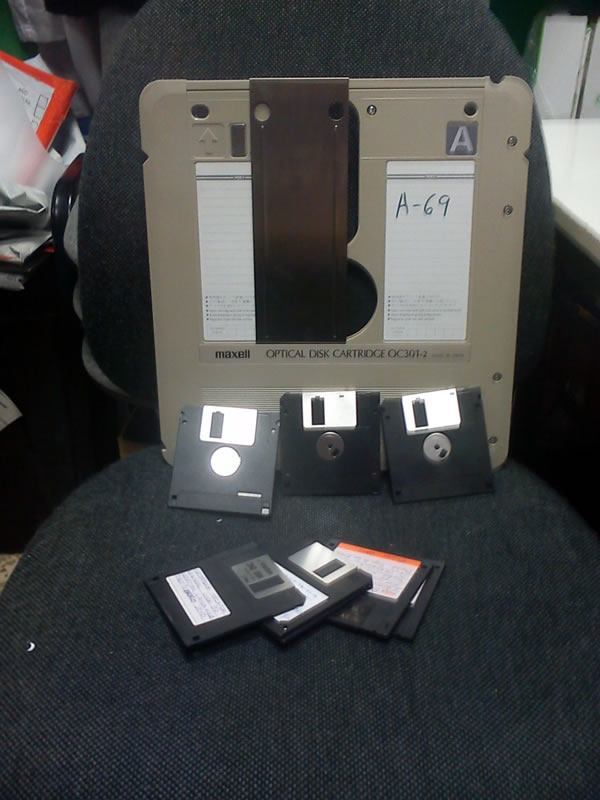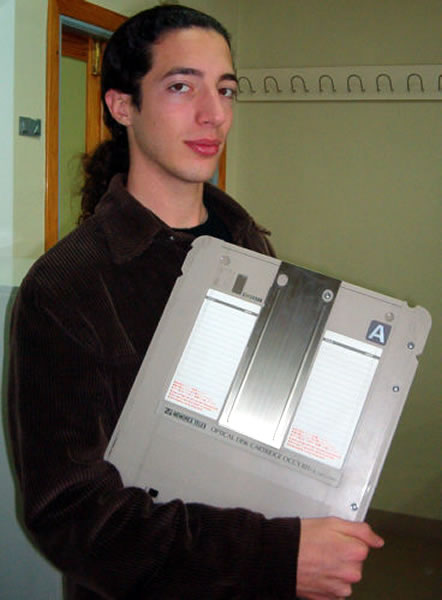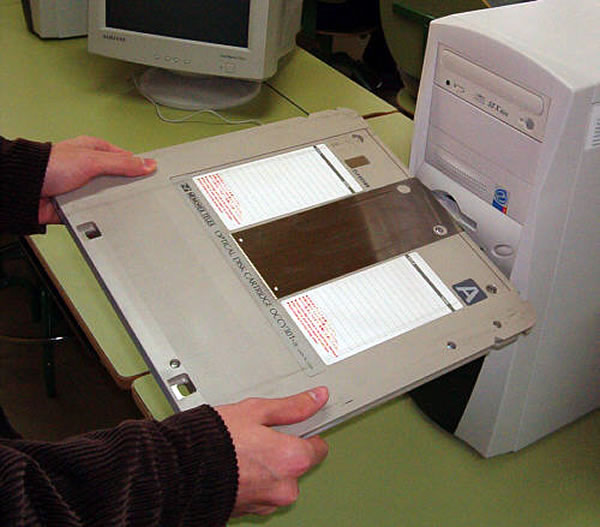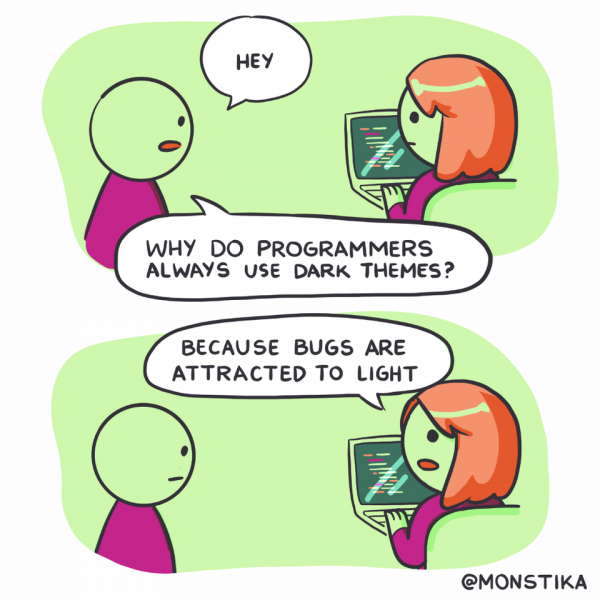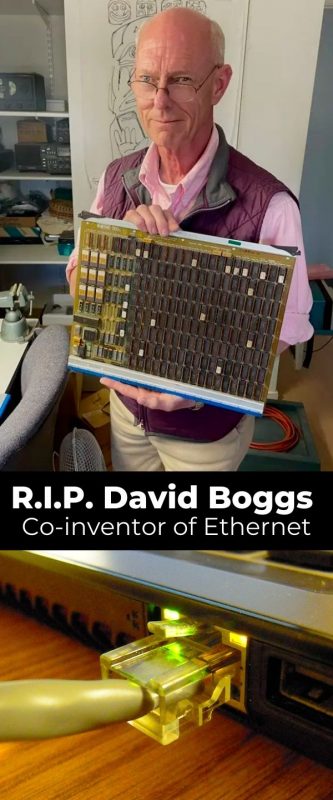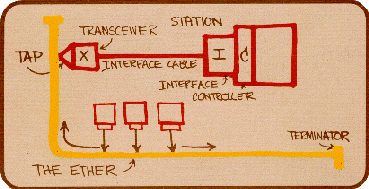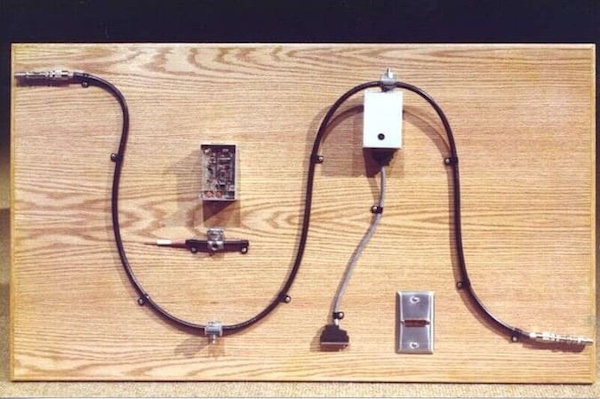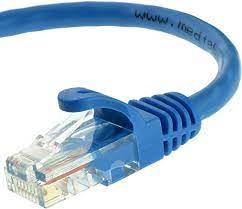This morning, I noticed that this blog has been getting hundreds of additional pageviews coming from a Reddit post, and they’ve all been going to an article of mine from 2014: Old tech of the day: Optical disk cartridge and friends. In honor of the renewed interest in old removable storage tech, I present you with the video above, showing an optical disk cartridge’s shutter in action. Enjoy!
My 2014 article features pictures from an eBay listing for a 2.52 GB optical disk cartridge, which featured these photos:
These were mostly used in enterprise computing in the mid- to late-1990s, around the time when external storage technologies were exploding. Back then, I lived in Toronto and was a regular customer at CCBC — short for Computer Consumables Buyer’s Club — where I’d drop money on SyQuest cartridges (44 MB and 88 MB), Zip disks, Jaz disks, and CD-Rs, and look with curiosity at Bernoulli disks, EZ disks, and SparQ disks.
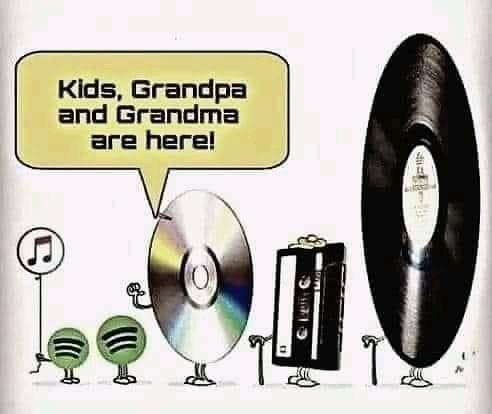
Do you have any online photos of old storage tech? Send me a link in the comments, and I’ll update this post and credit you.
